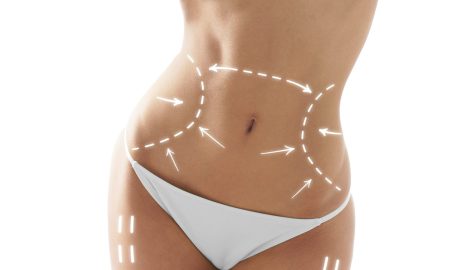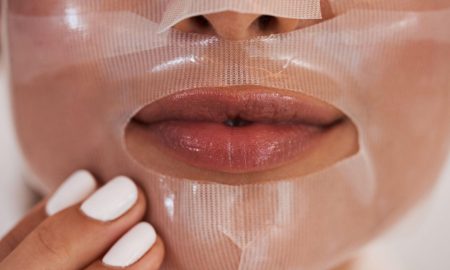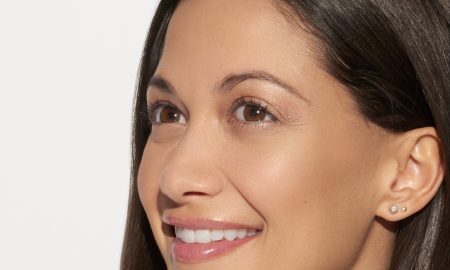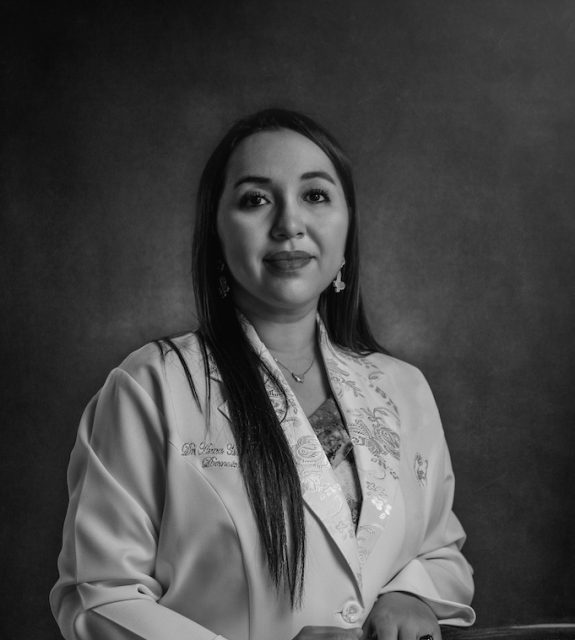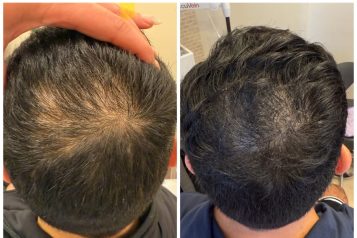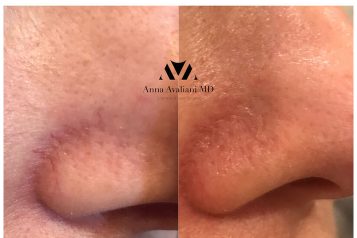Are you looking to restore youthful fullness to your cheeks, eliminate jowls and smooth deep lines and creases in your lower face? Dr. Machida offers a specialized type of facelift surgery, a deep plane facelift. In particular, the deep plane facelift can rebuild the facial structure in ways that other facelift types cannot. To grasp a better understanding of why Dr. Machida would almost always recommend a deep plane facelift, Haute Beauty sat down with him to find out.
 Photo Credit: Shutterstock
Photo Credit: Shutterstock
What is a deep plane facelift?
A deep plane facelift elevates the skin and muscle of the face and neck together as one layer. Traditional SMAS facelifts elevate the skin off the muscle and each is tightened separately. However, with the traditional technique, there are limitations in the amount of pull that is possible. A well-done deep plane lift can pull back twice the distance of a SMAS lift.
What makes it unique?
By lifting the skin and muscle together, there's less chance of skin irregularities after the procedure and you get a much better result.
Do you prefer to perform deep plane facelifts?
Yes, it gives a much better result with almost no risk of serious hematoma.

Photo Credit: Dr. Brian Machida
Are the results of a deep plane facelift different?
Results are far superior to the traditional facelift plus I do mine under local anesthesia which is safest. There are very few deep plane surgeons doing this under local and most use general anesthesia. Patient satisfaction is very high with this technique. Whenever revising another traditional facelift, I always use a deep plane technique. The closest description of a deep plane is a vertical lift although there is a horizontal component in the neck.
Are there risks associated with it?
With the occasional facelift surgeon, the risk of facial nerve injury may be higher. However, with an experienced deep plane surgeon who does this procedure several times each week, the facial nerve risk is the same as the lowest facelift technique which is plication. Having said that, the risk of hematoma and skin irregularity is much lower with a deep plane facelift.
What is the recovery time? How quickly will you see results?
You can see results in a day however true recovery time is 10-14 days due to more swelling than in a traditional SMAS lift.
For more information, visit Dr. Brian K. Machida's social media:










